Gothic Architecture History
Gothic architecture is a style that originated in medieval Europe. This architecture style is characterized by its use of Gothic ornamentation and its emphasis on the structural beauty of buildings. Some examples of gothic architecture include the Cathedral Church of Milan. Its construction began in 1386 and was completed in 1865, although building work was suspended during the Second World War. It is the third largest cathedral in the world, and is renowned for its spires and forest of pinnacles. In addition to its beauty, it serves an important purpose.
Stress line
Stress line is a prominent feature in Gothic architecture. The cathedral’s round arches produce lateral thrust on vertical walls. The thick walls can carry this lateral load. By understanding the stress distribution in Gothic architecture, we can better preserve these structures. However, there is little research available on the effect of architectural design on load distribution.
The asymmetrical nature of the Gothic style means that it does not have a central core. It also means that its ornament does not encircle space. It uses lines to signify movement and area. The dissection of space in Gothic architecture creates a sense of endless complication. The Gothic style also makes use of lacelike spokes of tracery that create a sense of movement and dissection. In this way, it mimics the fast-paced action of a Gothic novel.
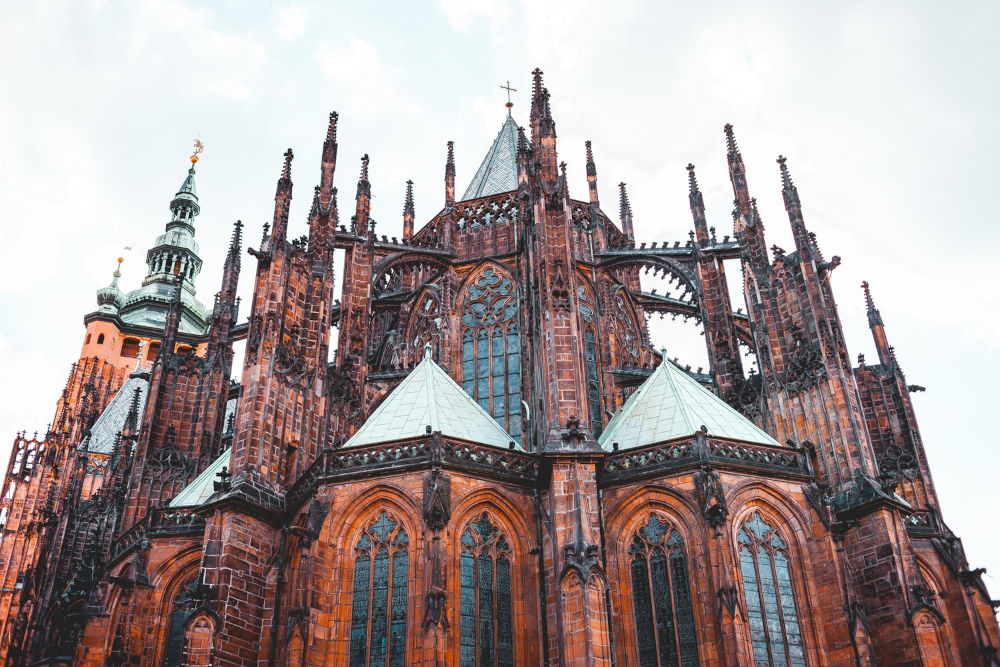
Flying buttress
The Flying buttress is an example of Gothic architecture. Its design developed from earlier simpler hidden supports and allowed for higher ceilings. Its popularity increased during the Renaissance period. During that time, it became popular for churches and other structures. Later architects refined this concept, narrowing the flyers to a single thickness. In some cases, it bore a deep niche for figural sculptures.
A flying buttress is a type of lateral support system that helps support a roof by carrying the weight away from the building. It makes it possible for cathedrals to have a more open interior, and the walls could have stained glass windows. The concept of a flying buttress is still used in modern architecture. Some examples of this type of structural support are found in mega dams and man-made lakes.
Cathedral Church of Milan
The Gothic architecture history of Cathedral Church of Milan can be traced to the middle ages. Its construction started in 1682 and was completed in 1762. The design included a facade that featured flying buttresses and carved doors. The interior of the cathedral features a gothic ceiling and stained glass windows. It has a marble floor and groin vaults. On the top of the cathedral is a statue of the Virgin Mary, a symbol of Milan.
The cathedral was commissioned by Giangaleazzo Visconti in 1385. Construction started on the apse and continued toward the transept and the first spans of the naves. It was stopped again in 1402 due to lack of funds, but continued in 1805 with Napoleon Bonaparte’s support. The cathedral features a distinctive architecture style with ribs and resting belts, and a complex structure of pointed arches.
Curvilinear period
The Curvilinear period in Gothic architecture history was characterized by the incorporation of intricately carved windows and capitals. These designs were unique to England, where they were used for three centuries. Cathedrals, monasteries, and collegiate churches were the most representative examples of these styles. Some of these buildings date over 400 years and are considered masterpieces of Gothic architecture.
The Perpendicular period in Gothic architecture history is the third period of English Gothic architecture. It is characterized by vertical lines and began in the 13th century. The royal architect William de Ramsey created the Old St Paul’s Cathedral in 1332, which is a fine example of Perpendicular Gothic architecture. John Sponlee, William Wynford, and others also practised this style. Examples of Perpendicular Gothic architecture can be seen in cathedrals in the United Kingdom, such as Gloucester Cathedral.
Early English Gothic cathedrals

Early English Gothic cathedrals tended to be square in design with a square east end. The nave arcade occupies the lower half of the interior height while the clerestory covers the upper half. Examples of cathedrals with square east ends include Lincoln Cathedral, Lichfield Cathedral, and the cathedral in Ely. The triforium, or central window, was sometimes reduced to make room for a glass display.
Cathedrals were usually built on the centre of the town, surrounded by other secular buildings, dwellings, and markets. The architecture was based on simplicity and functionality. Most of these cathedrals are now picturesque ruins. Some of the most impressive examples of early English Gothic architecture are the well-known Fountains Abbey and Wells Cathedral, which both have strong horizontal emphasis and an unusual double arch added in 1338.
The Gothic Architecture House
Gothic architecture has its roots in the eighteenth century and reached its zenith in the nineteenth century in England. This style quickly spread throughout the British Empire and North America and was used for country houses, mansions, churches, universities, and public buildings. Some examples of this style are the St. John the Divine Cathedral in New York City, and St. Edmundsbury Cathedral in England.
Jigsaw Gothic
Often called the Gothic Revival style, Jigsaw Gothic architecture was first built in the Northeast of the United States. Its distinctive look is characterized by elaborate vergeboarding, pointed gables, ogee arches, and pyramidal roof. Its distinctive features are also known by other names, including Victorian Gothic, Neo-Gothic, and Victorian Gothic.
Carpenter Gothic
Carpenter Gothic architecture, also known as Rural Gothic or Carpenter’s Gothic, is a type of Gothic Revival architecture used in the construction of wooden structures. These houses were often built by house-carpenters and use Gothic Revival architectural details and massing.

St. Peter’s in Erindale
One of the highlights of the St. Peter’s Cathedral is the spectacular stained glass windows. These windows are incredibly intricate and require several visits to appreciate their richness and details. The glass used for these windows is primarily English, and most of the windows date from the fourteenth and fifteenth centuries.
Ashridge Park
Ashridge House is a Grade I listed building and its gardens are owned by the National Trust. The house and its gardens are popular with visitors. It is also used as a conference and wedding venue and a business school. The house is open for public tours during non-term times.
Ashridge Park by Horace Walpole
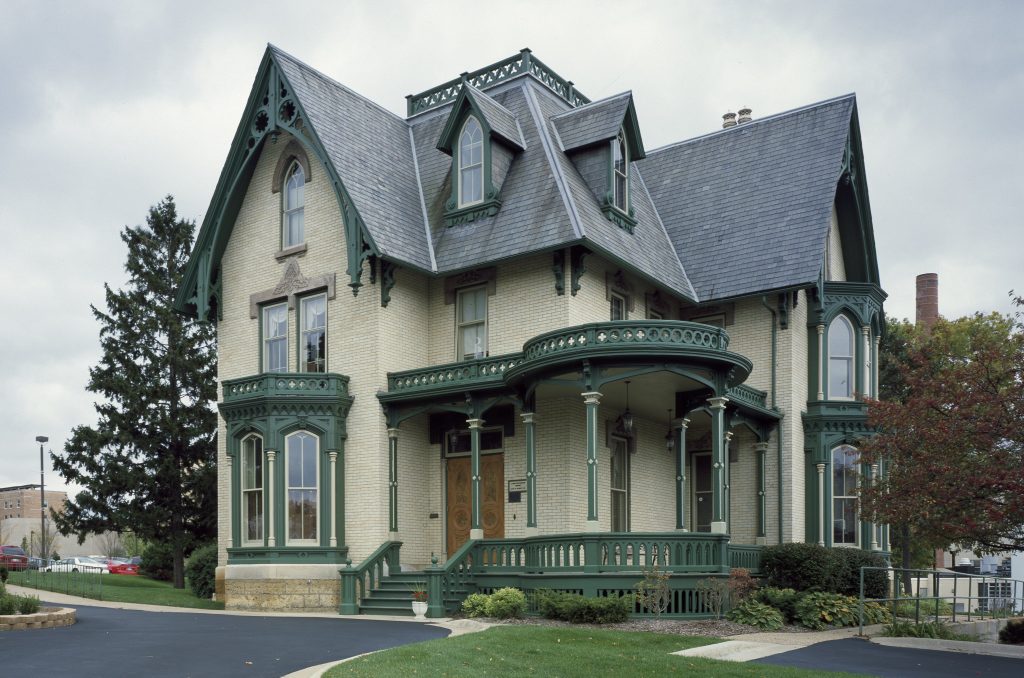
A Gothic architecture house is a house designed by an architect who plagiarized the principles of medieval architecture. Inigo Jones, the architect of Strawberry Hill in Twickenham, London, had also incorporated Gothic elements into his design. His Strawberry Hill mock castle was a forerunner to Victorian town halls, churches, and railway stations. He was also the author of the first Gothic novel, The Castle of Otranto (1764).
Ashridge Park by James Wyatt
The Gothic architecture house Ashridge Park by James Wytt was one of the last works of the famous architect during the Gothic Revival period. Its central tower, completely occupied by a stairwell and enclosed by a fan vault, was built to be overwhelming and to mimic medieval cathedrals.
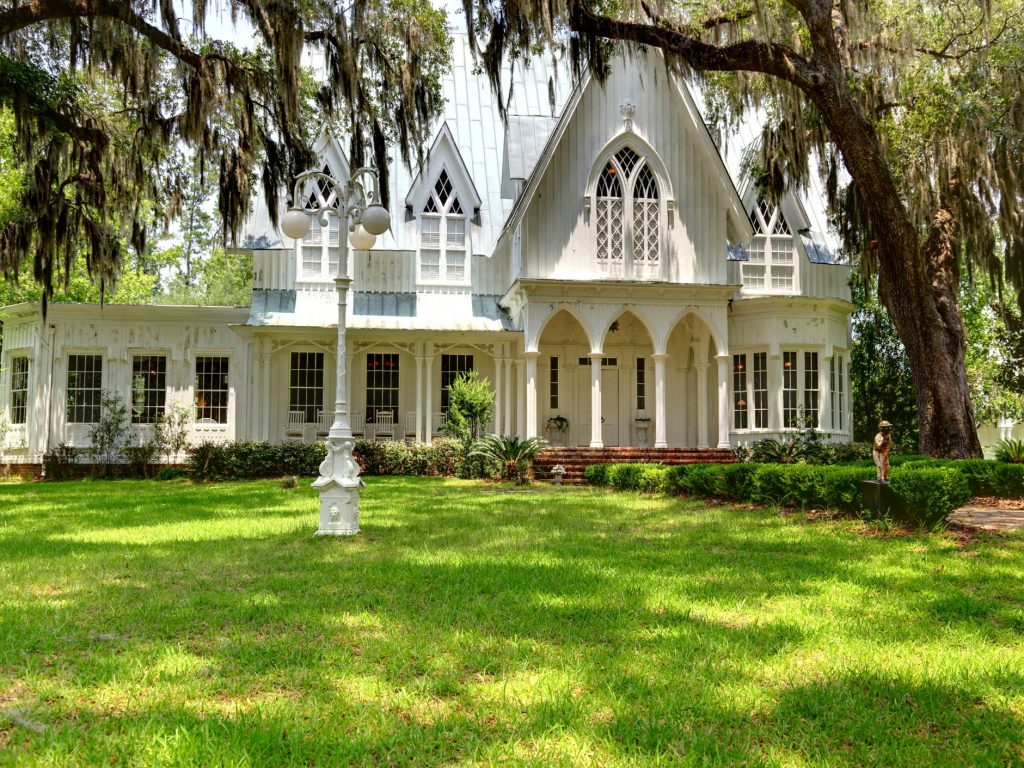
About The Gothic Architecture
Examples of Gothic Architecture in Europe
Gothic architecture is characterized by the use of beautiful stone and intricate ornamentation to enhance a building’s architecture. Gothic buildings feature ornately decorated facades that are tall and impressive. They are also notable for having flying buttresses, which are stone braces used to support the weight of the ceiling.
St. Denis
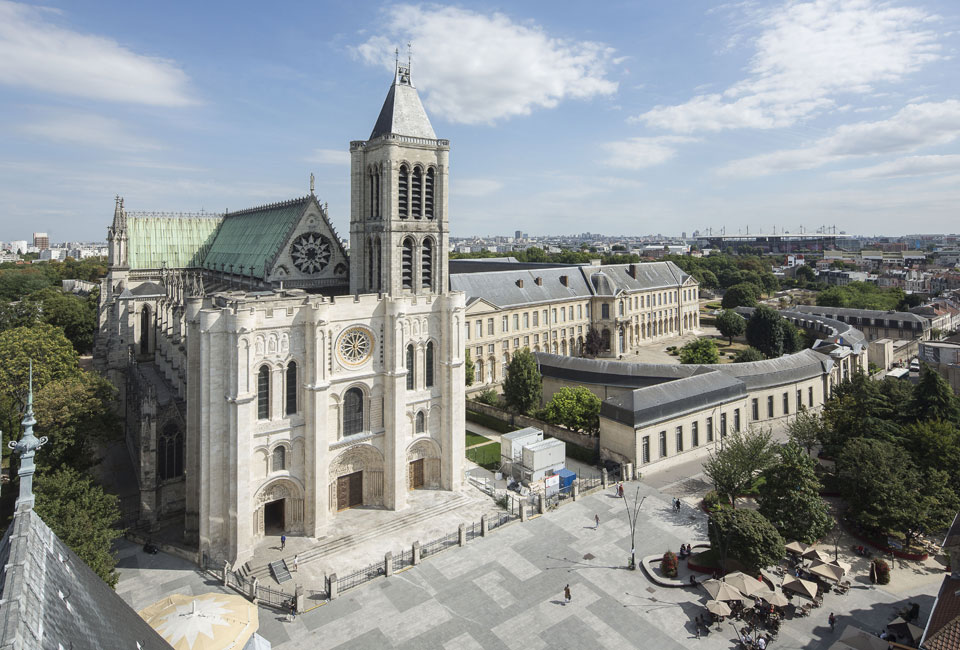
Saint Denis, one of the most important monuments of French Gothic architecture, is an impressive example of Gothic architecture. It was built by a French noblewoman, Saint Genevieve, who was very attached to the city. Her building was roughly twenty metres long and nine metres wide, and it still bears the foundation walls of the original structure. The basilica was further enlarged in the sixth and seventh centuries by aristocrats, who wanted to be buried near their churches.
Chartres Cathedral

One of the most famous examples of gothic architecture is Chartres cathedral. It was built in the thirteenth century to be a pilgrimage site. The thirteenth century additions include a stone labyrinth, which was a popular feature of pilgrimage churches at the time. The labyrinth at Chartres was nine hundred and sixty five feet long.
Chartres Abbey

The Gothic architecture of Chartres Abbey is well known for its stained glass and its impressive statues and paintings of the 12th and 13th centuries. The stained glass and the paintings of Chartres are among the best preserved examples of Gothic art. The cathedral is also known for its magnificent choir and vaults.
Cologne Cathedral
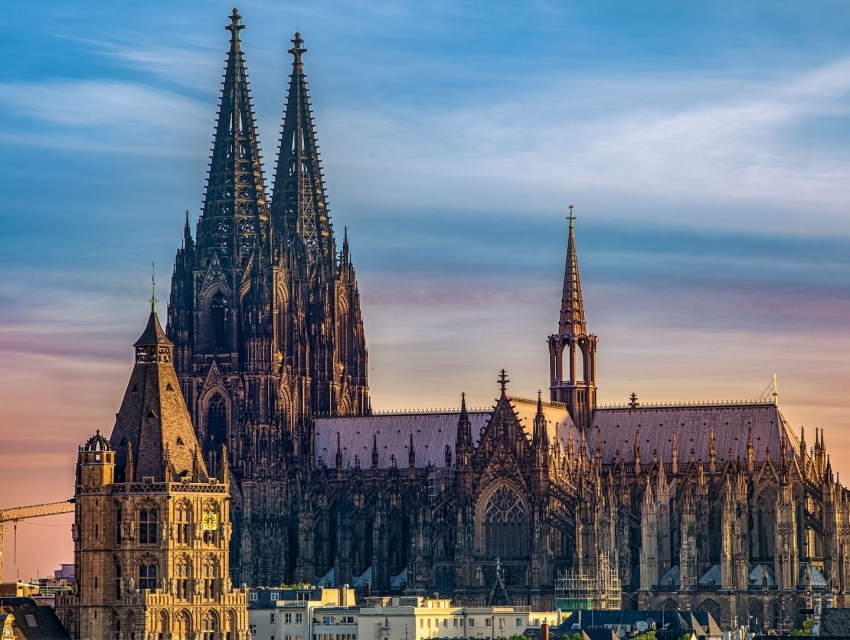
The Cologne Cathedral is a spectacular example of Gothic architecture and German Catholicism. It is the seat of the Archdiocese of Cologne, and it is a World Heritage Site.
Strasbourg Cathedral
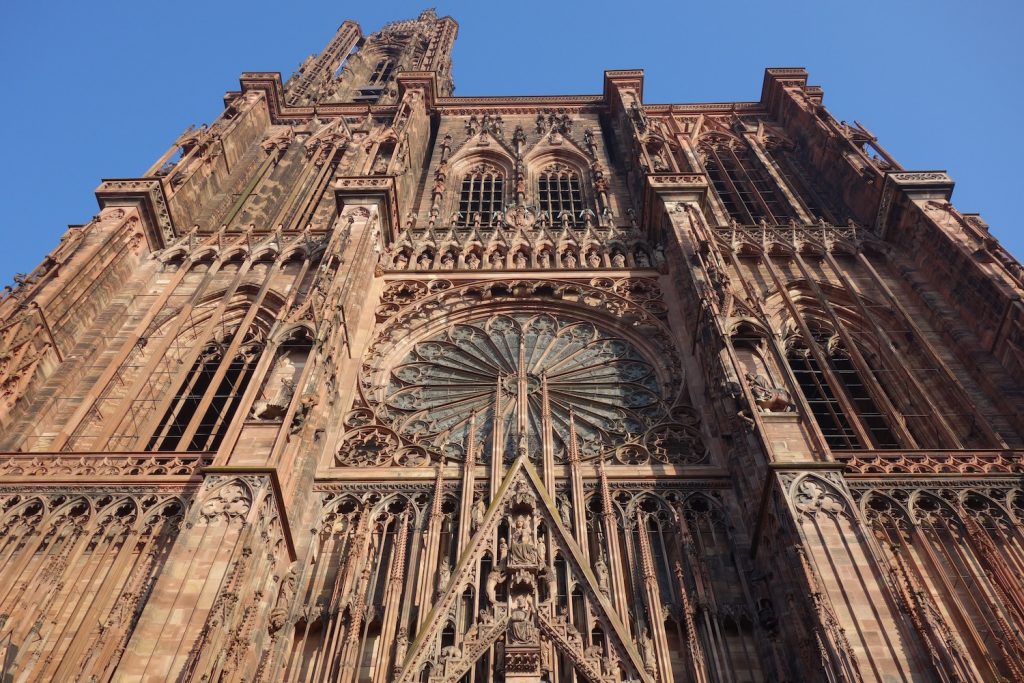
The Gothic architecture at Strasbourg Cathedral is one of the oldest structures in Europe. The Gothic style is characterized by a variety of features. Its facade is reminiscent of a picture book, with its intricate sculptures and dramatic light and shadow effects. The pink sandstone used for the construction of the cathedral’s walls changes colour with the light of the sky. The light effects, especially during the summer evening, are quite magical.
Basilica of St. Denis
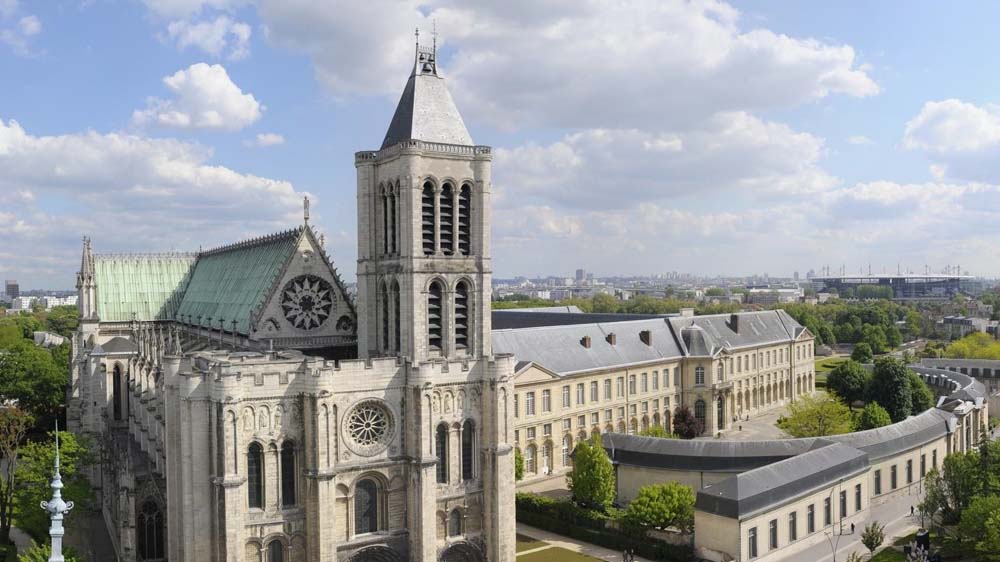
The basilica in Saint-Denis, France, is an example of Gothic architecture. It was originally a Benedictine abbey church. The new architectural style introduced by Abbot Suger in the 12th century merged Burgundian and Norman elements. The style was first known as Opus Francigenum, but became known as Gothic architecture during the Renaissance. The choir was completed in 1144, and Suger later added the western facade.
Westminster Abbey

Westminster Abbey, also known as the Collegiate Church of Saint Peter at Westminster, is a large Gothic abbey church in the City of Westminster, London, England. It is located just west of the Palace of Westminster.
Planning a Limousine Party in NYC
Whether you are hosting a birthday party for a client or throwing a bachelor or bachelorette party for your friends, renting a NYC limo service will be the best way to celebrate. The most important aspect of planning a limousine event is choosing the right type of limo. You should consider the number of guests and the type of party you are planning before committing to a rental. Depending on the occasion, a limo can be either a traditional or a modern car. Some limos even have televisions inside the cab, which means that your guests can watch TV while driving.
You should consider the style of your party before renting a limo
While a limo is fun, it can also give the atmosphere of the party a less casual vibe. Because limos are usually associated with more formal events, a limo can clash with a more casual event. You can opt for a naughty or a racy ambiance for your limousine party. If you are having a more formal event, a naughty theme may be a better choice.
You should consider the venue when planning your limousine party. For instance, a wedding can be a very formal affair and a bachelor party can be a wild party. You should also consider whether a limousine is appropriate for the event. If you are celebrating a milestone birthday or a bar/bat mitzvah, a limo is a great choice. It makes the event more fun for everyone. If you plan a bachelor or bachelorette party, you can choose a limo to transport your guests in style.
A limo can be an excellent choice for a bachelorette party


The driver will be courteous and knowledgeable, and will have the necessary knowledge about New York City’s popular rooftop bars. A party in a limo can also be a great way to celebrate the birthday of a loved one. You can also hire a limo for a bachelor or bachelorette party. You can book a party in a limo and make it a memorable one for your friends.
The size of the vehicle is also an important factor
A mid-sized limo can accommodate between 10 and 50 people. Nonetheless, it isn’t enough for a limo to become overcrowded. The seating area is small, which allows for a more intimate party. While a large hummer is nice, a limo can also have a very small interior space. The driver will be available to assist you if you need assistance or have any questions.
When choosing a limousine for a bachelor or bachelorette party, it is important to select the best vehicle for the occasion. It should be large enough to accommodate the number of guests and allow you to party without compromising comfort. If you’re traveling for a wedding, you should consider a larger limo for the wedding. You will be delighted with the extra space and the comfort it provides. The bride and groom will also have a great time in a limo that they will remember.



